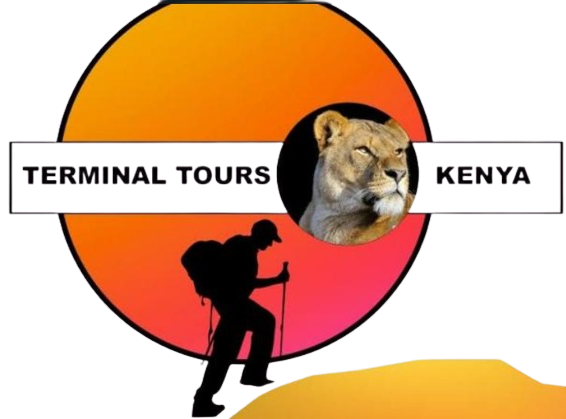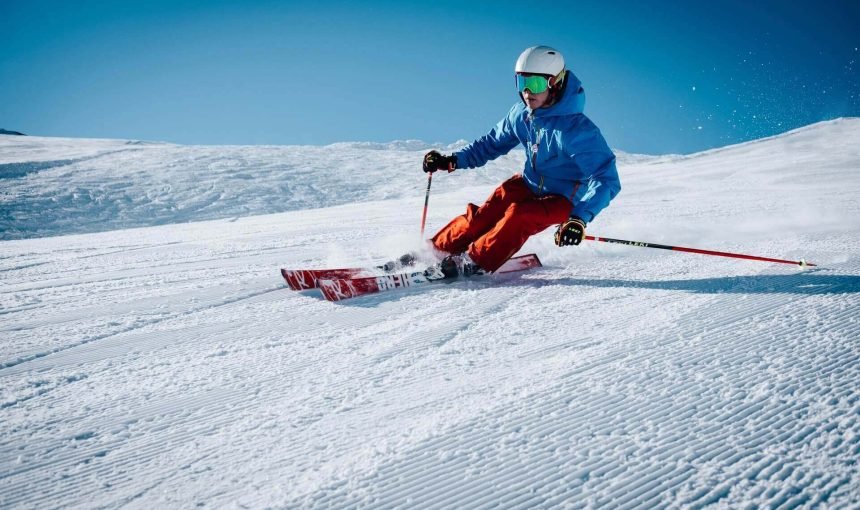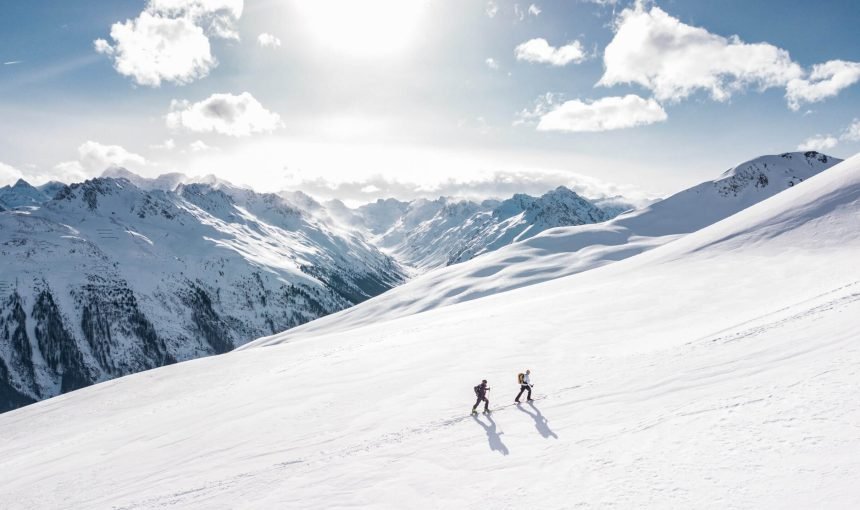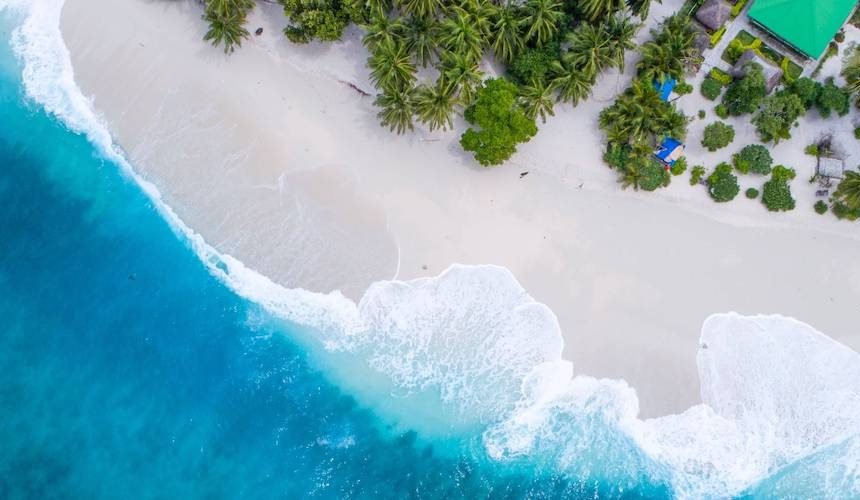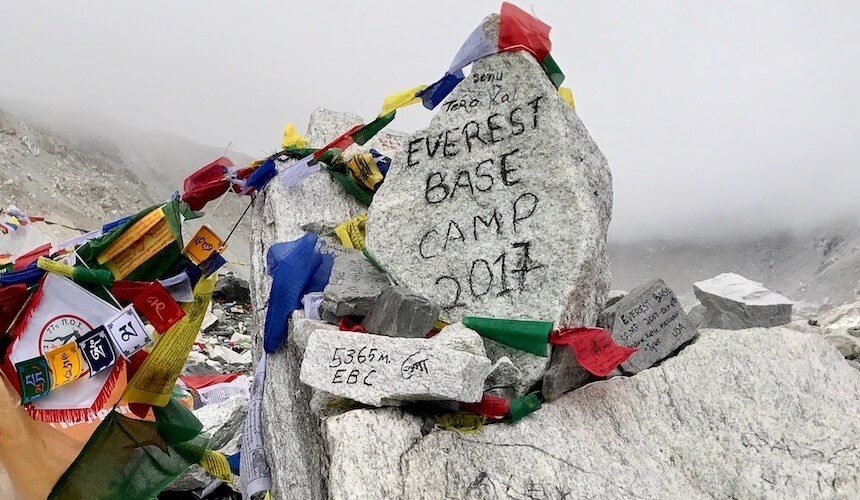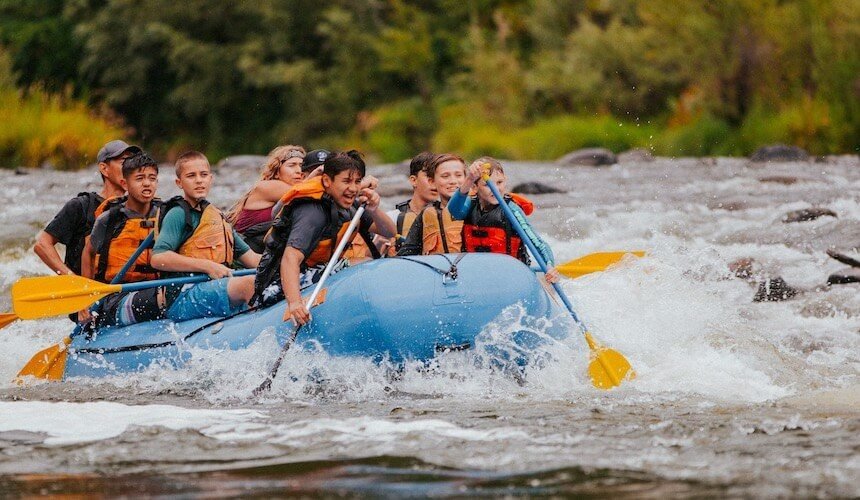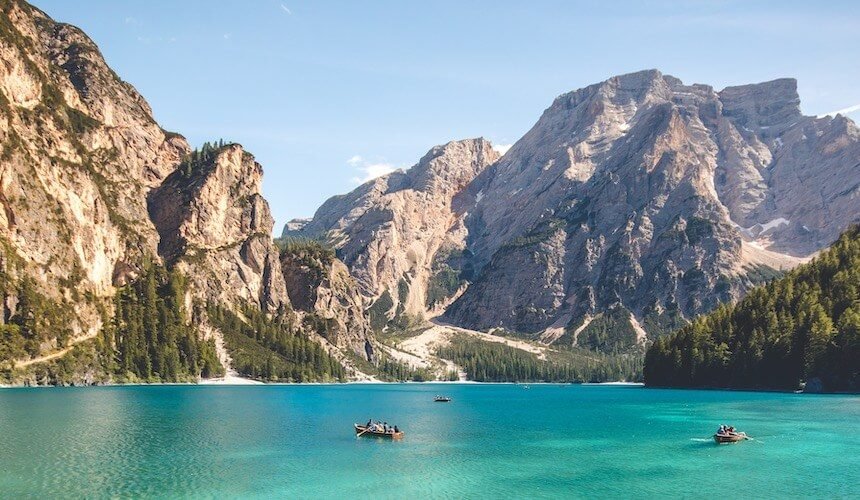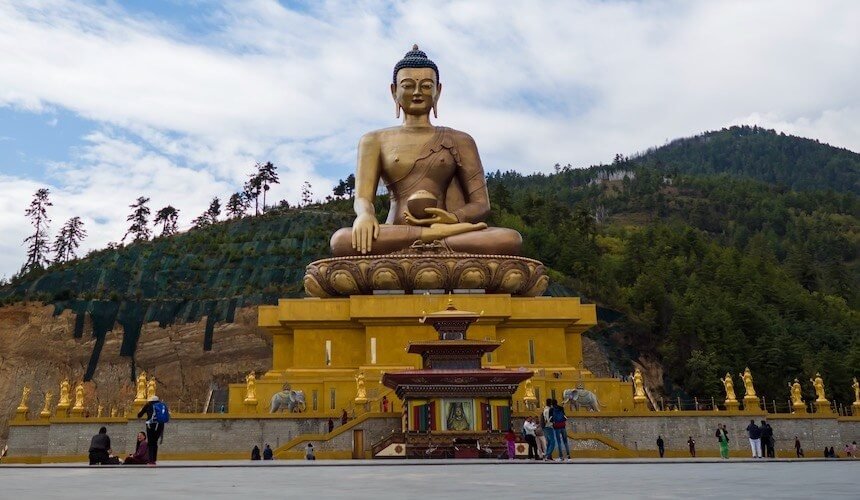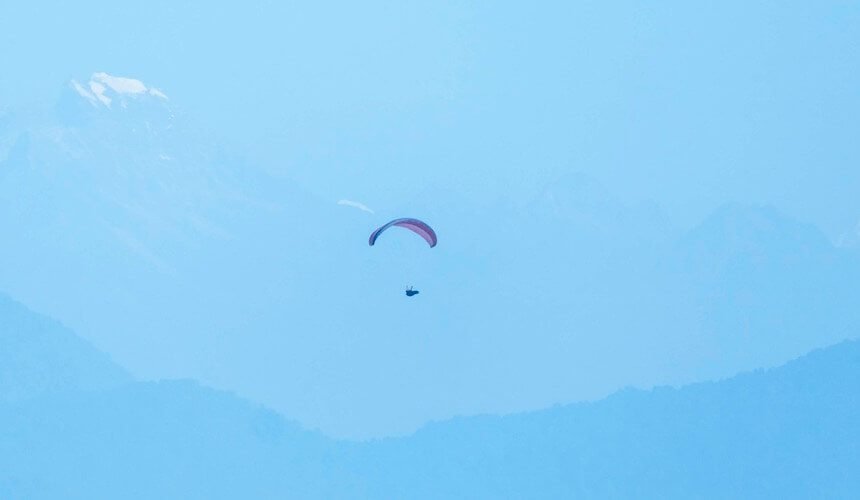The style guide provides you with a blueprint of Paperback’s default post and page styles. The style guide is also a great reference for suggested typographic treatment and styles for your content. Right Aligned Image Images may be two-dimensional, such as […]
Everest Base Camp Trekking in Nepal
The style guide provides you with a blueprint of Paperback’s default post and page styles. The style guide is also a great reference for suggested typographic treatment and styles for your content. Right Aligned Image Images may be two-dimensional, such as […]
City sightseeing Tours of World
The style guide provides you with a blueprint of Paperback’s default post and page styles. The style guide is also a great reference for suggested typographic treatment and styles for your content. Right Aligned Image Images may be two-dimensional, such as […]
Top 5 family travel destination
The style guide provides you with a blueprint of Paperback’s default post and page styles. The style guide is also a great reference for suggested typographic treatment and styles for your content. Right Aligned Image Images may be two-dimensional, such as […]
A Guide to Rocky Mountain vacations
The travel world is about to be in full swing as the holidays approach. The news media likes to dramatize holiday travel – it seems to sell pretty well – so you are sure to get your fill of horror […]
Exploring Untravelled Destinations
The style guide provides you with a blueprint of Paperback’s default post and page styles. The style guide is also a great reference for suggested typographic treatment and styles for your content. Right Aligned Image Images may be two-dimensional, such as […]
Camping in Peru
The style guide provides you with a blueprint of Paperback’s default post and page styles. The style guide is also a great reference for suggested typographic treatment and styles for your content. Right Aligned Image Images may be two-dimensional, such as […]
